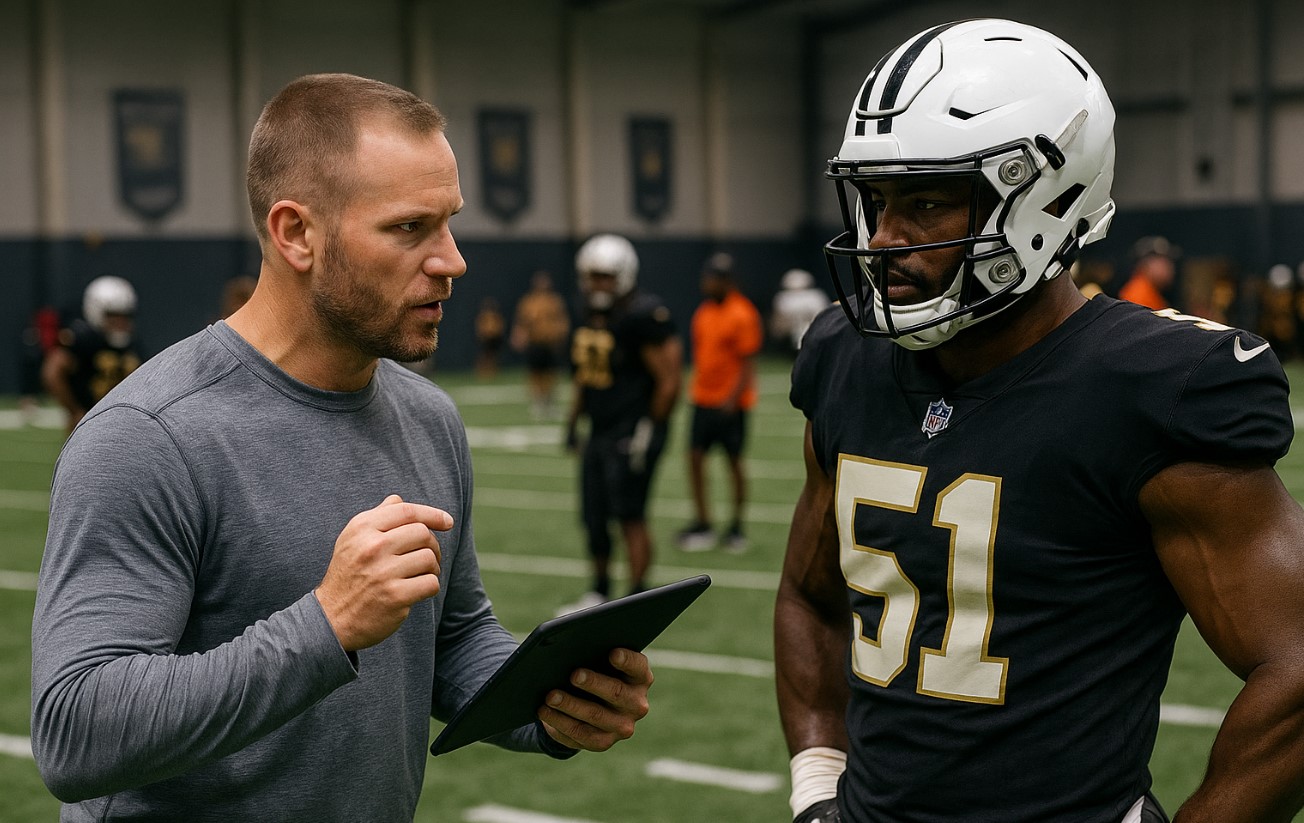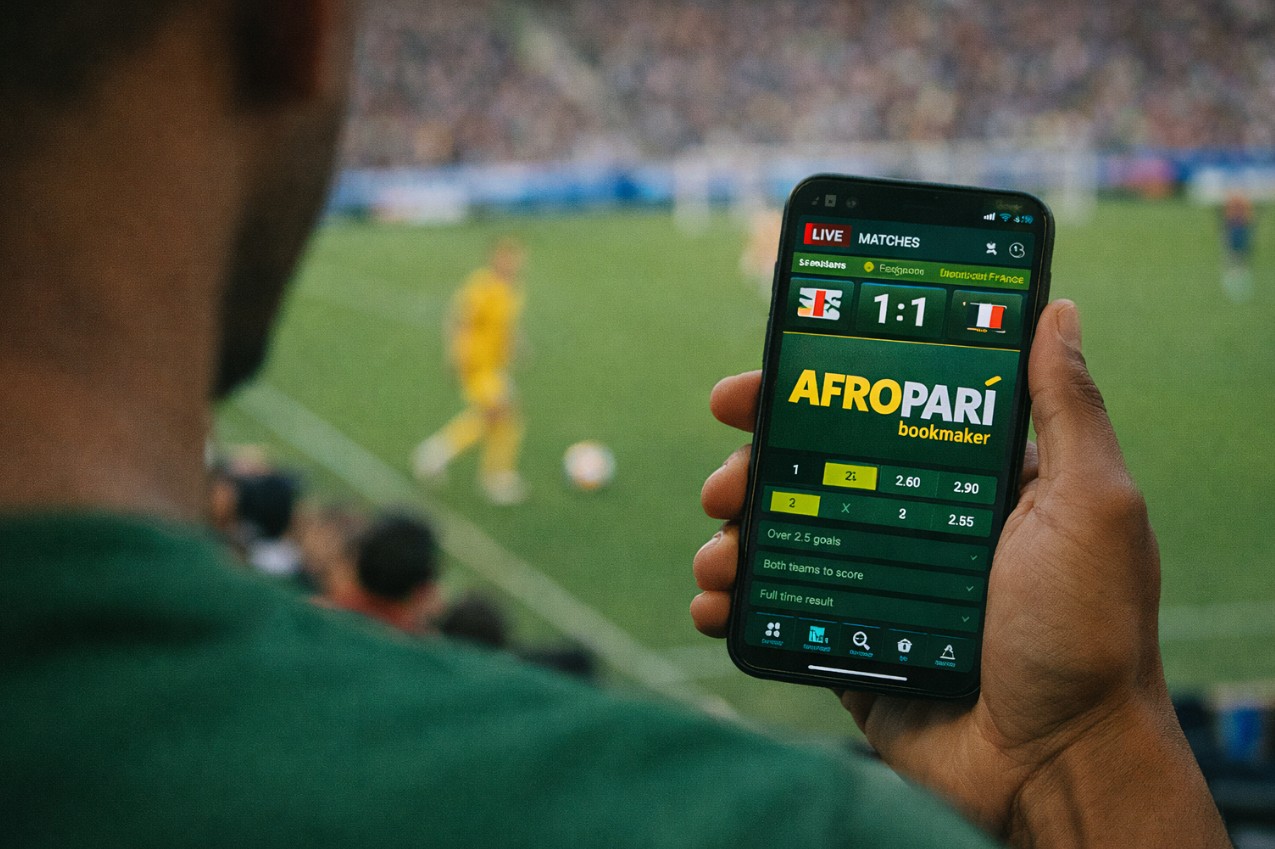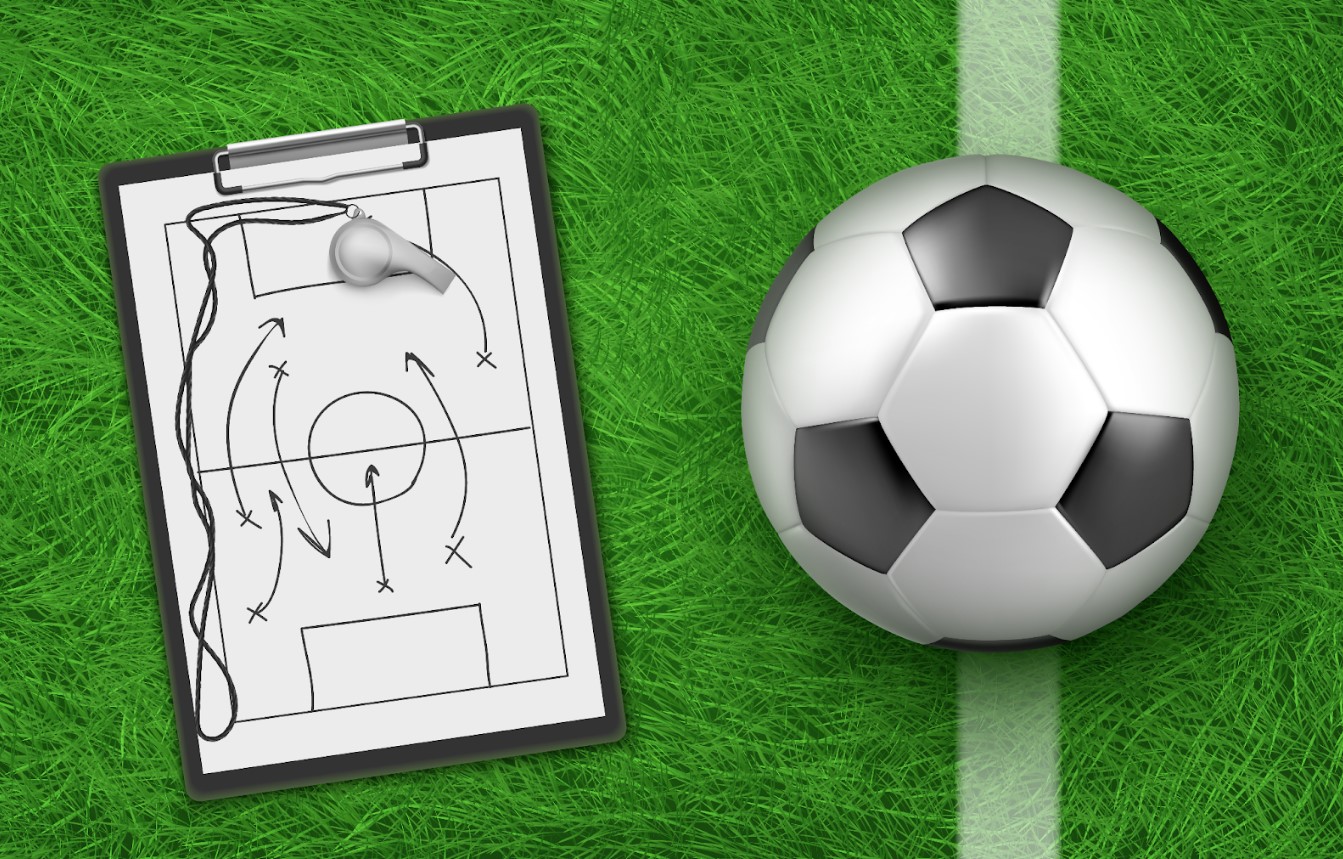The Rise of Performance Coaches in Professional Leagues
In sports and concert venues overflowing with fans

In sports and concert venues overflowing with fans, as well as in locker rooms buzzing with energy, there’s a fresh shout out today between the strength trainer’s commands and the head coach's tactics break. This new figure is “The Performance Coach” – once peripheral, but now plays an essential role.
As Olympic-level trainers started to make use of performance coaches, their roles slowly gained traction among modern professional teams. Today’s performance coaches do far more than just foam roller stations—they dismantle ergonomic issues to enhance prepping readiness, interpret biometric data, and modernize recuperation techniques.
From the Weight Room to the War Room
In the past, strength and conditioning were paramount to athletes' off-field activities. Sprint ladders, big lifts, and ice baths were the name of the game. But new performance coaches added something additional, the human systems lens. They shifted focus from just looking at quads and hammies to recovery—how does the nervous system recover after back-to-backs? A five-hour flight—what does that do to reaction time?
By 2019, NBA teams like the Toronto Raptors started embedding performance directors into daily routines, not in auxiliary roles but as decision-makers. And this trend further accelerated after the 2020 bubble because it became apparent how fragile readiness was. One of the more surprising places insights are now emerging from is Melbet—a site initially focused on providing odds and match previews, which has pivoted to betting narratives driven by data. Sports scientists now cite their performance snapshots and fatigue maps as benchmarks for illustrating output under stress.
Load Monitoring Meets Strategy
The modern performance coach doesn't just observe—they interpret. All the sprints, heart rate leaps, and soreness written down are portions of a larger picture. Coaches translate these signals into recovery schedules, practice modifications, and even playing time.
This information isn't confined to private team files anymore. Premier League clubs now openly mention performance data in post-match debriefs. In Serie A, teams like Napoli include physiological reports in their training previews. The role of the performance coach has crossed the tactical threshold, moving from silent partner to public-facing strategist.
Shifting Power Structures
This shift isn't cosmetic—it's cultural. In the NFL, players once worked with private trainers in the offseason, keeping club staff at arm's length. Now, performance coaches mediate between medical and tactical departments. They're the translators of data and bodies.
Teams no longer tolerate siloed decisions. The MLS has adopted a multi-disciplinary model, where performance leads sit in scouting meetings and contract talks. If a winger runs 15km a match but flags red on load tolerance, it changes how he's used—even how he's paid. That transparency carries over to public-facing platforms like Melbet vn Facebook, where fans and analysts debate training regimens and GPS outputs. It's not just about "who ran fastest"—it's about why, when, and how it affects the next rotation. Performance talk has gone mainstream.
What Performance Coaches Really Do
Their work might read as abstract, and this is definitely brutal. The following are the main roles that the performance coaches currently play in pro leagues.
- Manage load balance between games and travel.
- Coordinate with medical staff on return-to-play protocols.
- Build daily warmup, activation, and cooldown routines.
- Track sleep, hydration, and heart rate variability.
- Serve as liaisons between players and the coaching staff.
They're not replacing head coaches. But they are increasingly central to how a team operates on a daily rhythm.
Core Focus Areas by League
Before breaking down league-specific training philosophies, it's important to understand what each sport asks from its athletes. That demand guides the performance team's focus areas—what they monitor, tweak, and build around.
| League | Performance Priority | Example Programs Used |
|---|---|---|
| NBA | Neuromuscular fatigue, travel recovery | Sleep banking, mobility blocks |
| NFL | Collision resilience, joint prep | CNS priming, torque analysis |
| Premier League | Aerobic ceiling, mid-week bounce-back | GPS zoning, active rest waves |
| MLB | Rotational control, tendon durability | Shoulder integrity circuits |
| NHL | Energy system blending, skate economy | Altitude recovery protocols |
The best programs are proactive. They anticipate the drop-off before it shows up on the field.
When Data Calls the Shots on Game Day
In the 2024 NBA playoffs, the Denver Nuggets limited Jamal Murray to 26 minutes in Game 2—not for injury, but due to his reactive fatigue index (RFI) spiking after four overtimes the week prior. The call came directly from the performance staff.
Similarly, during the 2023 MLS Cup buildup, LAFC altered its entire microcycle after forward Denis Bouanga's sprint metrics showed suppressed acceleration. He wasn't hurt—he was under-recovered. Resting him for 48 hours before the final training led to two goals in the final.
Performance coaching doesn't just protect bodies. It changes outcomes.

What Makes a Great Performance Coach?
As the role grows, the bar rises. The top professionals in this space mix hard science with soft skills. They build trust as much as they build data dashboards.
Here's what separates elite performance coaches:
- Mastery of biomechanics, energy systems, and training periodization
- Fluency in athlete psychology and stress responses
- Skill in interpreting and visualizing wearable and GPS data
- The ability to communicate across departments and personality types
- Creativity in programming without losing repeatability
The best ones make their presence invisible—but their impact unmistakable.
The Future Is Integrated
What's next? More fusion. Performance departments are now feeding insights directly into recruitment and contract decisions. Scouting software now includes metrics like chronic load response and injury susceptibility indexes.
Teams like Bayern Munich and the Philadelphia Eagles have begun centralizing player wellness data into digital passports—cloud-based, shareable, and longitudinal. Performance insights will soon travel with the athlete, from team to national duty and back again.
This isn't just support staff anymore. This is a new language of elite sport. And those who speak it fluently? They're changing the game.







